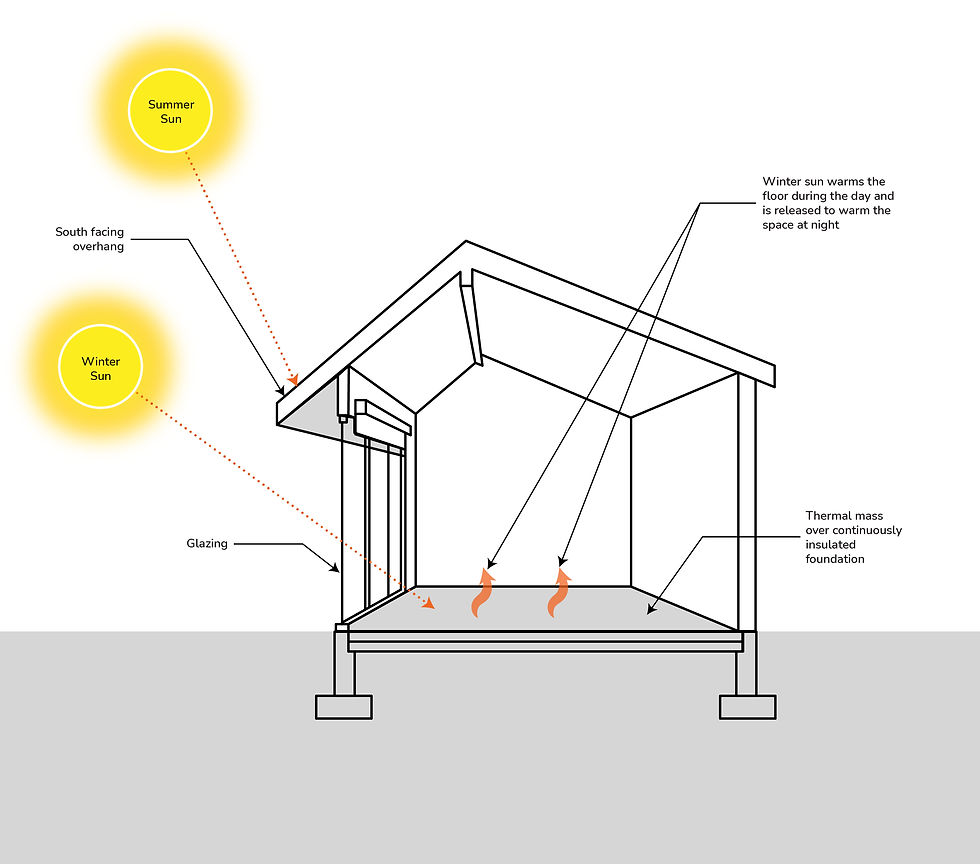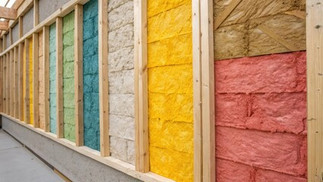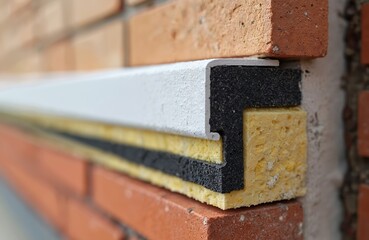Beyond MEP: A Holistic Approach to Energy-Efficient Buildings
- Fitzemeyer & Tocci

- Aug 5
- 2 min read

When people think of energy-efficient design, they often picture high-efficiency HVAC or LED lighting. While these systems matter, true performance requires a broader, integrated approach that begins well before any equipment is installed.
This blog explores how building envelopes, passive solar strategies, and smart coordination across teams can lead to more comfortable, cost-effective, and carbon-conscious buildings.
Why Equipment Alone Isn’t Enough
Replacing outdated systems may help, but if your building leaks air or has poor insulation, you’re missing the bigger picture. Modern codes like the Massachusetts Stretch Code demand higher performance, requiring architects, engineers, and owners to work together from the start to:
Reduce loads through smart siting and efficient envelopes
Right-size mechanical systems
Plan for long-term electrification
Avoid costly future retrofits
The Building Envelope: Your First Line of Defense
A high-performance envelope—walls, roof, windows, and foundation—controls four critical elements:
Water – Keeps out rain and snow
Air – Prevents drafts
Heat – Conserves energy with insulation and thermal breaks
Vapor – Manages indoor moisture
Air leaks alone can account for over 30% of heating and cooling costs. That’s why codes now require blower door testing and airtight construction. A well-sealed envelope is essential for comfort, durability, and energy savings.
Passive Design: Using the Sun to Your Advantage
Passive strategies help reduce reliance on mechanical systems by using natural energy flows. Key techniques include:

Orienting buildings with the longest side facing south
Avoiding obstructions on the southern exposure
Designing for local wind and terrain conditions
Windows and shading matter too:
South-facing windows with high solar heat gain collect winter sun
Overhangs block high summer sun while allowing low winter sun
Minimizing large east/west windows helps avoid overheating
Thermal mass materials like concrete and brick absorb daytime heat and release it at night, smoothing out temperature swings.
It’s All About Collaboration
The most energy-efficient buildings emerge from early and consistent teamwork. They succeed when:
Architects design thoughtful envelopes and building orientation
Engineers size systems based on realistic, reduced loads
Owners commit to long-term energy and decarbonization goals
Everyone communicates from day one
This holistic approach doesn’t just meet today's stringent energy codes—it creates durable, high-performance spaces that are ready for the future.
Want to learn more?
Download our full guide, Beyond MEP: Holistic Strategies to Enhance Building Performance, or contact the F&T team to start planning your next energy-smart project.
Written by:

Daniel Mejia-Raminho
Project Manager














Comments